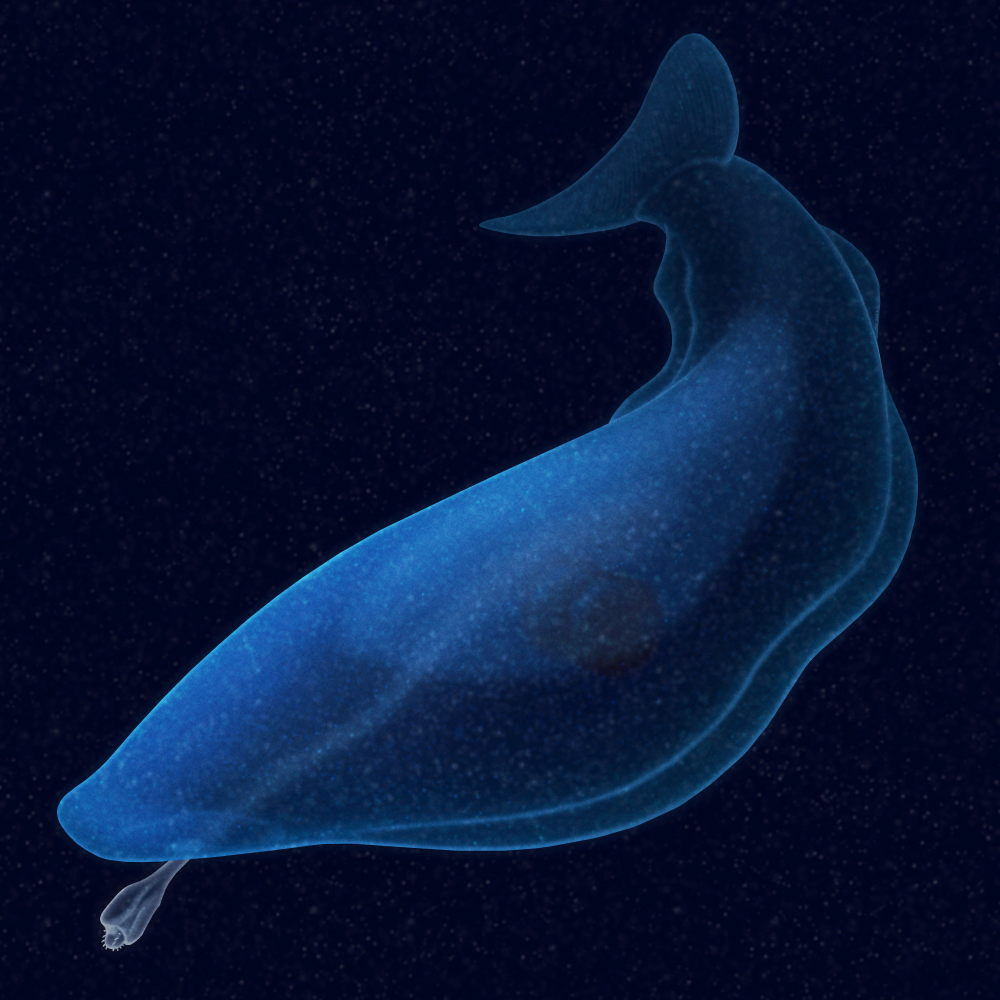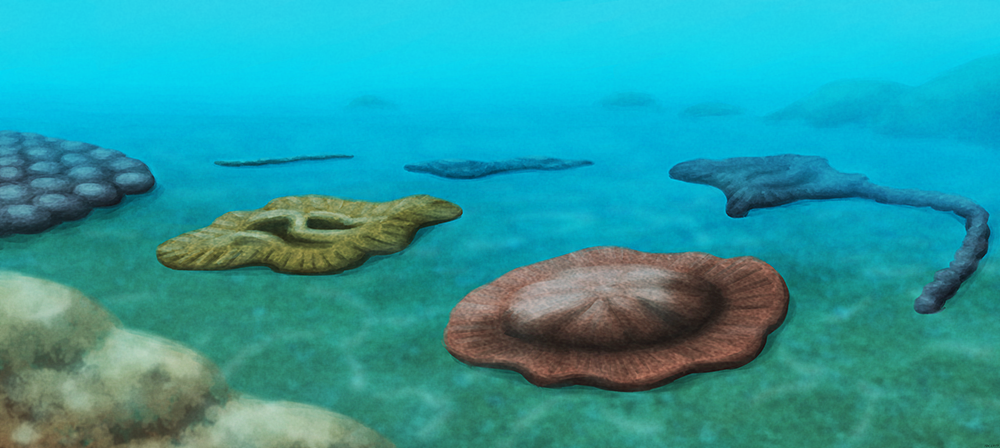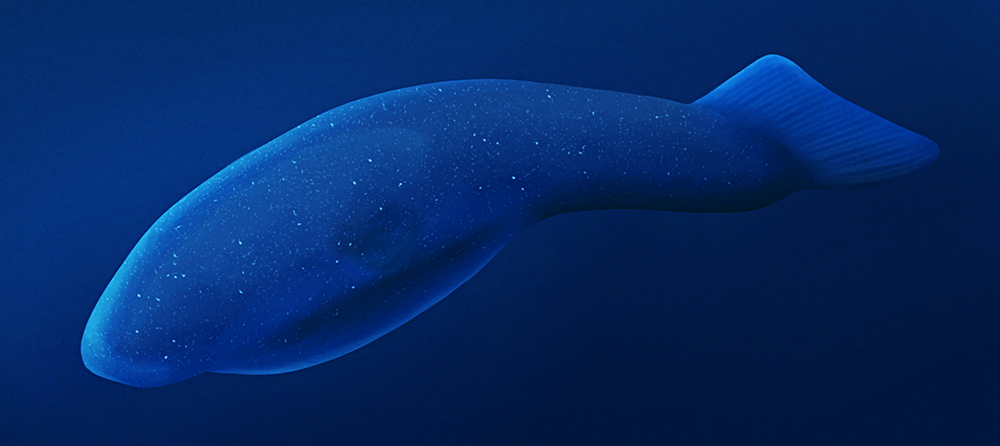Nicknamed the “Y animal” or “wye”, Escumasia roryi is an enigmatic fossil organism known from the Late Carboniferous Mazon Creek fossil beds in Illinois, USA, dating to about 308 million years ago.
Growing up to around 15cm tall (~6″) this strange soft-bodied creature was Y-shaped, with two slender “arms” on each side of an apparent mouth opening, a flattened sac-like body with another opening on one side, and a long stalk ending in an attachment disc. Some specimens have uneven arm lengths, which may indicate damage from predation.
Being only known from the exceptional preservation conditions of Mazon Creek, and with nothing else quite like it in the known fossil record, Escumasia‘s evolutionary relationships are still a mystery. It’s been tentatively linked to cnidarians – but this doesn’t really fit based on its anatomy, and little further study has been done on it since its discovery in the 1970s.
It was probably a filter feeder, living attached to the seafloor and capturing suspended organic material or small planktonic prey with its arms. The environment it inhabited was a shallow tropical marine bay, located close to the equator at the time, near a large river delta that would have made the surrounding waters rather brackish. This ecosystem was dominated by cnidarians, particularly the anemone Essexella, along with various arthropods, lobopodians, polychaete worms, molluscs, echinoderms, fish, lampreys, hagfish, and other difficult-to-classify weirdos like the famous “Tully monster” Tullimonstrum.
Continue reading “Escumasia”



